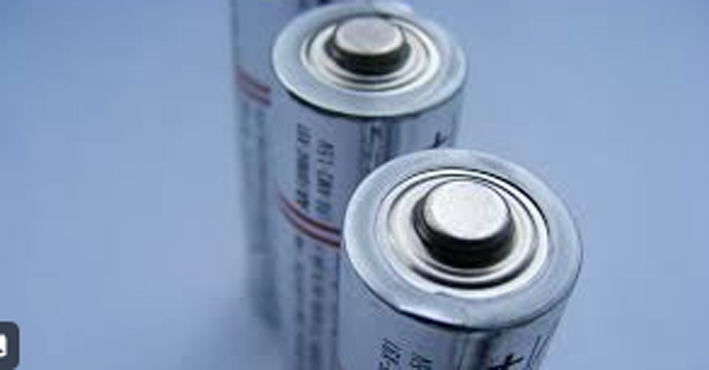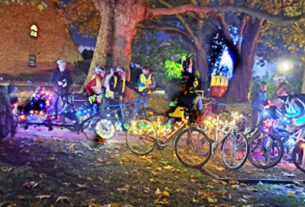Electric scooters, electric bikes, power tools, laptops and phones all contain batteries. These contain substantial amounts of energy and are all capable of failing in a manner of ways, causing fires.
Here we are mostly concerned with bike and scooter batteries, but the safety advice applies to all sorts of battery systems. Bike and scooter batteries are much higher capacity and so demand more respect in handling.
Most of these will use the 18650 cells. These are 18mm diameter and 65mm long hence the part number 18650. They are commonly used in power tools, electric bicycles, and electric vehicles.
These usually use lithium-iron (Li-ion) chemistry to store the electrical charge. They will have a cell voltage of between 3.6V and 4.2V. The cylindrical batteries are combined into packs, to create the voltage and capacity of the battery pack. Cells arranged in series will increase the voltage, while those in parallel increase the capacity.
The capacity is given in either Amp Hours (Ah) or Watt Hours (Wh). My e-bike batteries are 36V and have a capacity of 15Ah or 540Wh.
Lithium-ion (Li-ion) batteries can cause fires. The electrolyte they contain is flammable, and toxic, and can leak out gas from a damaged cell and produce a very intense flame.
These batteries can fail if the cells are charged too rapidly causing the lithium-ion to build internal short circuits inside the cell.
This also happens if the battery is charged when the cells are below 0oC or above 70oC, or if the charging current is too great. Short circuits can also occur if the battery is punctured or severely distorted.
Equally, rapid discharging can damage the cell, but the danger here comes from the external circuit overheating from drawing too much power from the battery.
This is mostly mitigated by the Battery Management Systems (BMS) inside of these that prevent overcharging, unbalanced charging, short circuit, or over temperature. This will monitor the state of the battery, during discharge and charging.
The BMS also controls the battery cells in the pack, monitors the temperature and will disconnect the pack if it overheats or experiences other unsafe conditions.
It also controls the charging cycle, using a low voltage to limit the current until the cells reach a minimum voltage, after which the charger will limit the voltage to complete the charging cycle.
We use many of these batteries every day, and they are very low risk. But the higher capacities used in electric bikes and scooters need to be respected.
Scooters are often more vulnerable, where the battery is under the riding place and close to the road, and more likely to suffer impact damage.
CE marking and compliance for batteries in the UK is only required in Northern Ireland where EU regulations apply. Despite this most batteries will have CE compliance, and you should check before buying a battery.
There are similar issues with LiPo (Lithium Polymer) batteries used in drones. These may burn or explode when charging as they generally do not contain a BMS. The chargers perform this function by separately charging each cell.
Just under half (48%) of the fires involving an e-bike or e-scooter were recorded with batteries on charge, according to reports from the London Fire Brigade.
To summarise the advice on charging:
- Only use the charger supplied with the battery.
- Do not leave a battery unsupervised while charging. If you are going out disconnect the charger.
- Charge in a safe place, like a fire hearth.
- Do not charge if there is damage to the battery; dispose of in a battery collection point.
Further reading
https://en.wikipedia.org/wiki/Lithium-ion_battery
https://www.electricalsafetyfirst.org.uk/guidance/product-safety/lithium-ion-batteries/
https://www.gov.uk/government/publications/fires-in-e-bikes-and-e-scooters/fires-in-e-bikes-and-e-scooters-2022-and-2023
Stuart Ward
RCC Website Manager



